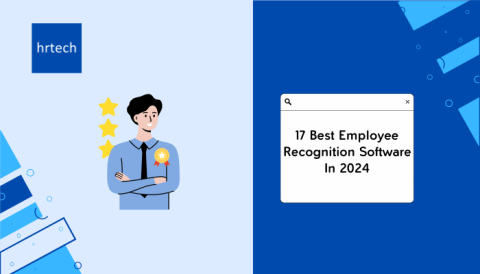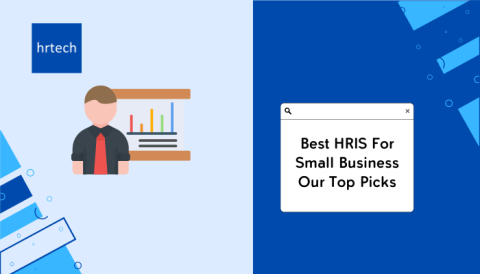TL;DR
- HR plays a central role in guiding people through change by managing expectations, communication, culture, and day-to-day impact.
- Most change efforts fail because people aren’t prepared early enough, or HR is brought in too late.
- Clear planning, phased rollouts, and regular feedback loops help HR teams keep change efforts steady and measurable.
- Common blockers include a lack of leadership support, vague messaging, resistance, and fatigue from too many changes too fast.
- TeamLease supports HR leaders with staffing, tech tools, learning programmes, and advisory services built for practical business change.
Introduction
You’ve seen how fast decisions shift in boardrooms and how slow change feels on the ground. That gap creates more than delays. It creates frustration, disengagement, and confusion across teams.
Your HR team is often the first to hear the anxiety and the last to be brought into strategy talks. While you’re expected to steady the ship, you’re rarely handed the wheel early enough. That’s where change falls apart.
When organisations undertake large-scale transformation, research shows that their efforts fail about 70 percent of the time. The reason isn’t the strategy. It’s people.
In this blog, you’ll explore how HR can lead meaningful change by focusing on what matters most: clarity, consistency, and confidence across the workforce.
What is Change Management HR?
HR change management is the structured effort to support employees through any organisational shift involving people, processes, or policies. It’s not about managing change like a project. It’s about guiding behaviour, expectations, and engagement from day one.
This involves designing communication, creating support structures, enabling feedback, and maintaining cultural balance as things move forward. HR shapes how people understand, accept, and adapt to change across every level.
Unlike traditional change management, which focuses on systems and processes, HR change management starts with people and ends with adoption. The gap between strategy and behaviour is your territory.
Understanding this difference sets the foundation for everything that follows. You are not just delivering messages, you are building readiness and trust across your workforce.
With that foundation in place, it’s time to examine the real-world impact HR has on successful change.
Why HR’s Role in Change Management Matters?

Your role in change management goes far beyond compliance and communication. In Indian organisations, HR is the only function that consistently engages employees across all levels.
You manage expectations, regional diversity, labour laws, and generational differences while balancing cost, culture, and business speed. That’s not a side role. That’s core leadership.
Here are five areas where your impact during change is both clear and measurable:
- Workforce diversity adds layers to change efforts
India’s workforce spans languages, generations, regions, and job structures. Each group responds differently to change communication and timing.
- Local regulations can slow or stall key decisions.
Labour laws vary from state to state. If HR doesn’t flag early risks, legal hurdles can derail projects or policies overnight.
- Change feels top-down without HR context-setting
When leadership skips HR in planning, staff lose trust fast. HR translates strategy into people-first messaging that lands clearly.
- You control channels that build or break clarity.
From induction to offboarding, HR owns key moments where change is explained, reinforced, and measured.
- You are best placed to spot early resistance.e
HR hears resistance before it shows up in data. Early insights from surveys or exit talks help guide fast responses.
Now that the importance is clear, it’s time to confront the obstacles you’ll likely need to overcome.
Common Challenges HR Leaders Face During Change
Even with good intentions, change efforts often stall because of basic oversights. Many HR teams are pulled in late, given too little context, or expected to clean up after poor communication. That creates long-term problems.
Here are six common challenges you’ve probably seen or experienced in change management HR:
- Skipping early alignment with key stakeholders
When HR isn’t involved from the start, people’s strategies come in late. That hurts timelines, trust, and rollout quality.
- Lack of strong backing from senior leadership
Change needs consistent support from the top. Without it, teams hesitate and pushback spreads quietly.
- Unclear or inconsistent communication
Plans that start strong often lose energy. Staff need repeated, clear messages from managers, not just formal emails.
- Cultural resistance builds quietly.
People rarely say no directly. Instead, they slow things down. HR must read the mood and call it early.
- Unrealistic timelines or poor expectation setting
When pressure outweighs preparation, burnout begins. Without room for training and questions, employees disengage.
- Fatigue from too many changes too quickly
Back-to-back projects wear teams out. If HR doesn’t pace initiatives, morale and engagement both drop.
Now that you know what could go wrong, let’s focus on what you can do right to keep change on track.
How HR Can Lead Change Effectively?

Once you’re clear on the blockers, the next step is building a plan that helps people shift how they think and work. You don’t need a perfect system. You need consistent actions that support teams before, during, and after a change happens.
Here are eight actions you can lead directly or through your team:
- Involve teams early across levels and functions
Include not just managers but also employees who will live the change daily. Early input increases ownership and lowers resistance.
- Build a network of change champions.
Nominate trusted employees who share updates, gather feedback, and keep momentum alive.
- Create a clear, phased change plan.
Break the change into stages. Show what’s changing, when, and why. Give teams time to adjust without confusion.
- Use structured models like Prosci or ADKAR.
These frameworks provide simple steps to build readiness and track adoption clearly.
- Train and reskill employees early.
Offer learning support upfront so people feel confident during the first few weeks.
- Run an open feedback loop.
Don’t assume silence means buy-in. Check in often. Anonymous feedback helps you catch slow adoption or rising frustration early.
- Prioritise psychological safety and manager support.
When people feel safe to ask questions, adoption improves. Train managers to lead with empathy.
- Track progress using HR data.
Use dashboards to monitor sentiment, training completion, and turnover. Numbers show what needs fixing in real time.
These strategies work best when tailored to your context. Here are examples that bring them to life.
Change Management Examples for Indian Enterprises

You don’t need large budgets or perfect timing to support change well. What matters most is how clearly HR shows up throughout the process.
Below are five scenarios your team may face during business shifts, and how HR can lead to smoother outcomes with simple, people-first steps:
- Rolling out hybrid work in a manufacturing company
Before announcing policy changes, HR could run in-person sessions with plant teams. Local-language communication would ease doubts and support clarity.
- Merging two companies with different pay structures
HR might lead small-group briefings to explain salary adjustments and benefits continuity. This approach reduces fear and voluntary exits.
- Shifting from manual to digital attendance systems
Change champions could be trained first to guide peers. HR could track adoption progress and adjust communication pace using live feedback.
- Rewriting leave and remote work policies
HR may gather anonymous input across departments. Involving employees during drafting creates policies that feel fair and practical.
- Introducing a new performance management system
Instead of launching company-wide, HR could test with one business unit first. Lessons learned would guide a smoother rollout.
As these examples show, change is complex. That’s where a partner like TeamLease can make a real difference.
Partnering with Experts: How TeamLease Supports Change Management HR
You don’t have to manage change alone. With the right support, you can bring structure, clarity, and speed to your efforts. TeamLease offers services designed to support HR leaders across every stage of workforce and workplace change:
- Professional staffing for faster hiring and payroll compliance
A team of over 200 talent acquisition experts manages hiring across roles and regions. Payroll and compliance services cover multiple countries.
- HR technology marketplace with curated solutions
Access over 450 pre-vetted HR tools suited to your business size and stage.
- Advisory and consulting to redesign HR processes
Get support to evaluate current systems and redesign services for better outcomes.
- Enterprise learning with 10,000+ empanelled trainers
Support your teams through blended learning, certifications, and hire-train-deploy models.
Whether you’re preparing for growth, rolling out a policy, or reworking team structures, TeamLease can support you at every stage.
Book a demo with TeamLease today and see how we can support your next move.
FAQs
Q: Why does HR need to lead change management efforts?
A: HR stays closest to employee feedback and daily concerns. You’re in the best position to guide how people understand and accept change.
Q: What’s the first thing HR should do when a change is announced?
A: Start by understanding the what, why, and who. Build a clear message and create space for early feedback from affected teams.
Q: How can HR deal with resistance to change?
A: Resistance often starts with confusion or fear. Listen carefully, respond with clarity, and involve trusted managers to reinforce the message.
Q: What tools help HR track change progress?
A: Use short pulse surveys, training logs, and team check-ins. These tools help you spot gaps before they turn into bigger problems.
Q: How can TeamLease help with change management?
A: TeamLease provides staffing, tech, learning, and advisory support. Their services are built to support structured change across every HR function.







